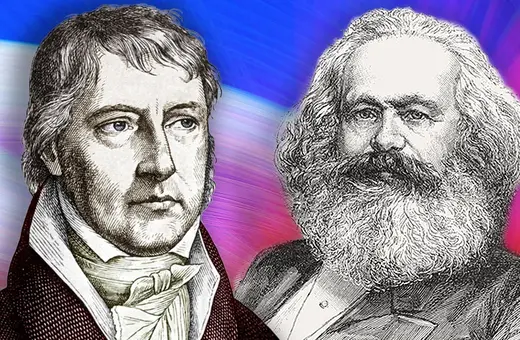Across the world, we are witnessing the birth of new political parties, on both the left and right. With polarisation and populist governments gaining power across the world, some lay the blame at the feet of the two-party system. Yet political scientist Marta Lorimer argues this is mistaken thinking. The two-party system has never been the only game in town and the political system is not to blame; our politics is. Parties need to make an ideological argument, not pander to what they think voters want. And parties need to set the agenda, not take their lead from the narratives driven by the populist right.
Let’s start with a broad question. Why do you believe the two-party system has been threatened for the past couple of decades, seemingly in many places across the world? What has changed?
I think there are things that have changed and things that have stayed the same. I think, first of all, that our understanding that the two-party system is a dominant system is wrong. Because it is very much influenced by a certain way of thinking about politics that is linked to places like the US or the UK. The truth is that the two-party system hasn’t necessarily been there in most places for a very long time. So perhaps one way to think about it is: why is it in crisis in the places where it exists, or where it has existed for a very long time?
We might want to think about this more broadly as well: why does it seem we are experiencing a crisis of the bipolar – rather than two-party—system? Why is it, for example, that we no longer seem to be seeing politics contested over this left-right axis? Why is it that we’re seeing different axes of competition appearing?
Why do you believe the left-right axis is increasingly irrelevant for many? And what axis do you think is substituting it, if any? For instance, I think of Jonathan Hopkin’s system/anti-system dichotomy.
There are a variety of ways that we can cut the political system. Left-right has always been a very interesting one to me. Because I think the way that political scientists think of it, at least, is a very narrow conception of the left-right spectrum. If you ask a political scientist, particularly those who work with spatial modelling, they will tell you that the left-right cleavage is about material questions. So it is essentially about redistribution, where you have the right that is against redistribution, and the left that is in favor of redistribution.
That isn’t the way that the left-right spectrum has always been thought about, though. We’ve seen different ways of thinking about what the left-right spectrum is about. As the Italian philosopher Norberto Bobbio, who is probably one of the best-known thinkers on the subject, says, Left and Right are essentially about equality and inequality. And you can have different ideas sitting in there that structure your axes of political competition. What’s interesting about thinking of the left and right in this broader sense is that it enables you to bring other lines of conflict under it.
___
These parties’ core claim is that they represent the nation; that they represent the people. And this idea of “the people” is a monist understanding. You cannot have divisions within “the people.”
___






















Join the conversation